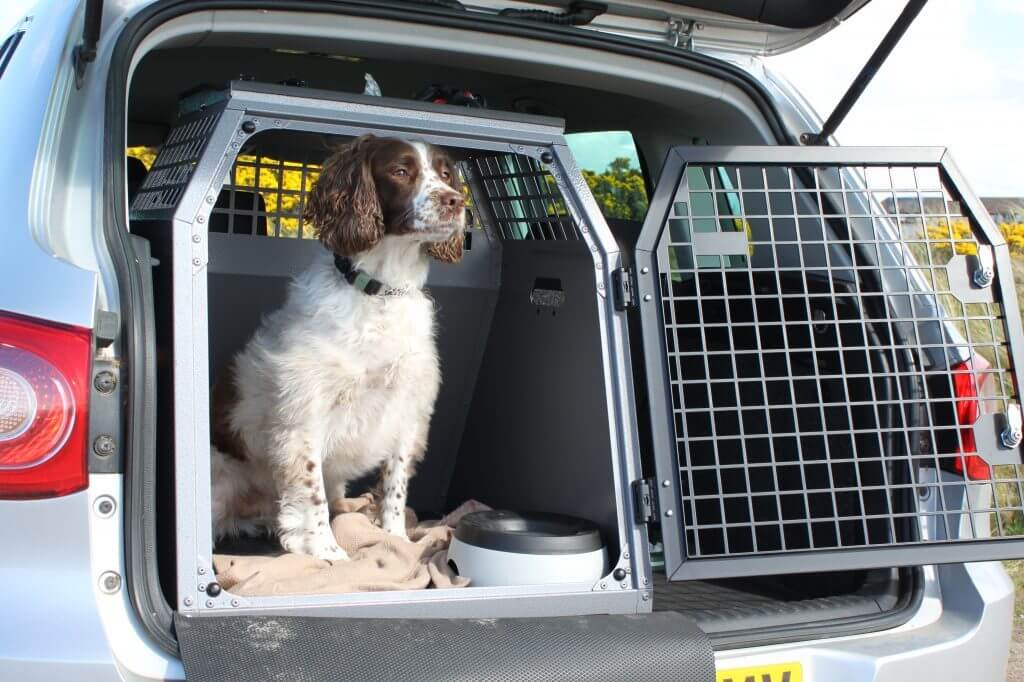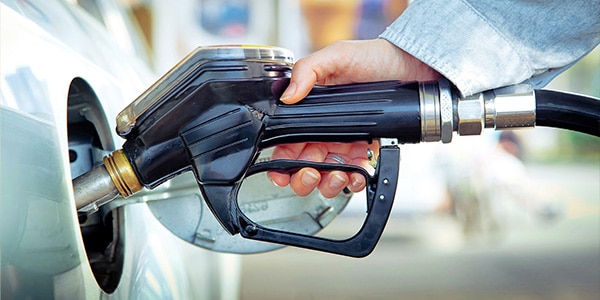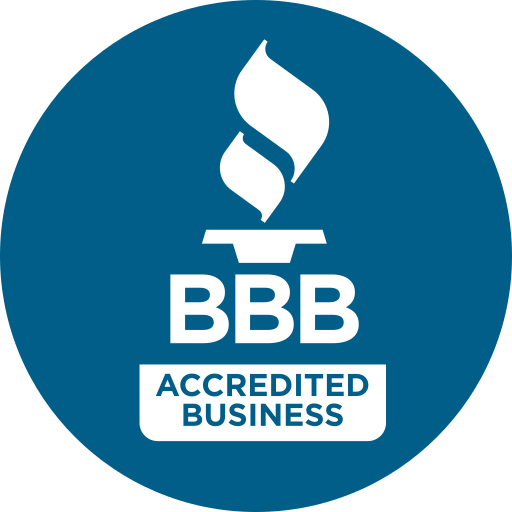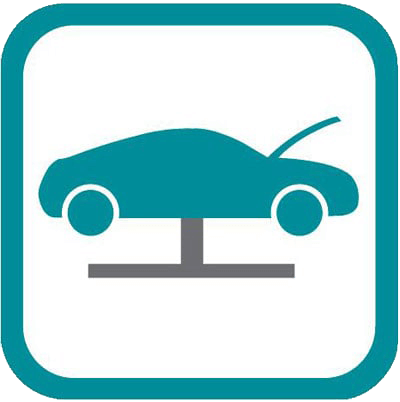Road Trip With Your Pet: 8 Tips

Pets play an important role in our lives; emotional support, cuddle buddy, and a fun companion. It can be hard to be away from our pets for a long period of time, which is why people often bring their pets along for the adventure. There are some critical safety tips to keep in mind if […]
Air Conditioning: What’s that smell?

Air Conditioning: What’s That Smell? Don’t let a foul odor ruin your drive. Learn what causes AC smells and how to get your fresh air back. It’s Not You, It’s the Car You turn on the air conditioning for relief from the heat, but instead, you are blasted with a smell that resembles dirty gym […]
How to Maximize Fuel Economy

Improving fuel economy is a matter of changing your driving habits. The benefits range from environmental to personal and financial. Here are some easy and effective tips…


